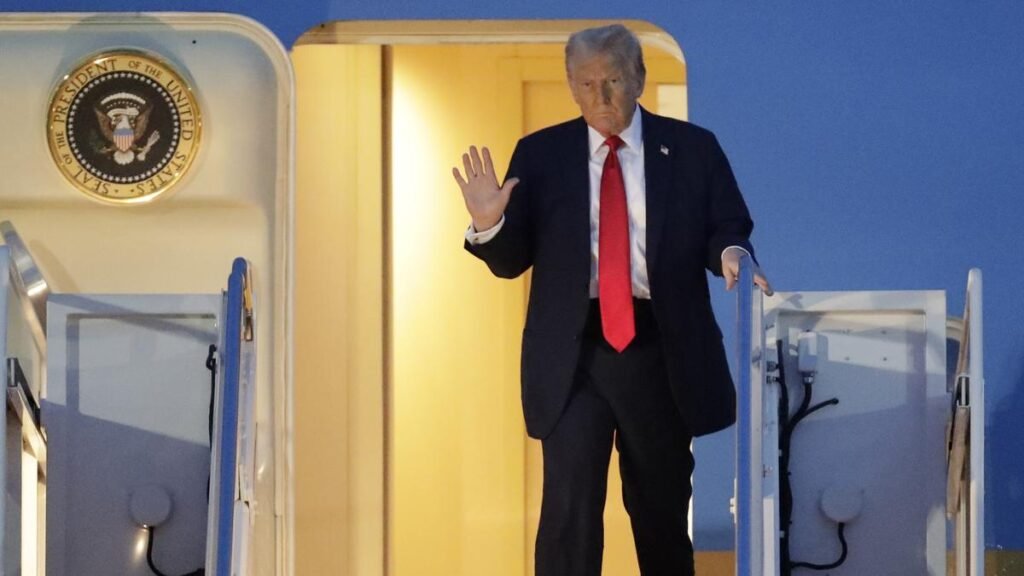Volatility in the bitcoin market is not new; it is mainly shaped by geopolitics and world economic policy. Recent events involving President Donald Trump’s tariff policies have spurred debates on the possible consequences of the tariffs on Bitcoin (BTC), the most valuable cryptocurrency worldwide. With estimations ranging up to $150,000, some analysts even believe these levies could drive BTC’s price to unprecedented heights.
Trump’s Tariffs and Market Impact
In early February 2025, President Trump first proposed a set of tariffs on imports from nations including Mexico, Canada, and China. These policies sought to correct trade imbalances and safeguard the home industry. Still, the immediate aftermath saw notable swings in many asset types, including cryptocurrency.
Renowned author and investor Robert Kiyosaki of “Rich Dad Poor Dad” expressed worries about the possible negative impacts of these tariffs on assets, including Bitcoin. He proposed that price collapses in Bitcoin, gold, and silver could result from future market turbulence. Still, Kiyosaki saw these possible downturns as chances for investors to pick up these assets at lowered prices. Says he, “CRASHES mean assets are on sale.
Tariffs and Bitcoin Price Volatility
The announcements of tariffs caused a quick response in the bitcoin market. The price of Bitcoin changed noticeably to reflect investor attitude and more general economic uncertainty. Such market reactions were seen by analysts as usual amid changes in monetary policy as investors tried to reevaluate risk and modify their portfolios.

Although short-term volatility is inevitable, experts disagree about how Trump’s tariffs on Bitcoin would affect things over the long run. Some say the tariffs would cause inflationary pressures, forcing investors to flee into other assets like Bitcoin. This change in investment approach could raise demand for Bitcoin, greatly influencing prices.
Moreover, historical trends imply that as investors search for alternative assets unrelated to conventional markets, cryptocurrencies may attract more attention during economic turmoil. Should the tariffs cause economic downturns or increased inflation, Bitcoin may become a preferred hedge and help drive price increases.
Bitcoin Price Forecasts and Investment Risks
Some projections are hopeful, implying that Bitcoin’s price would climb to $150,000 or even more in response to the tariffs’ economic changes. These forecasts are predicated on the idea that rising inflation and possible devaluation of currencies would inspire investors toward Bitcoin as a store of value. Nevertheless, one should approach such forecasts carefully since the bitcoin market is quite erratic and shaped by several elements beyond trade policies.
It’s essential to recognize the natural dangers connected to bitcoin investing. The market’s volatility means that although large profits are possible, considerable losses are also likely. Before interacting with bitcoin markets, investors should extensively study, keep up-to-date on world economic happenings, and evaluate their risk tolerance.
Summary
President Trump’s tariff measures have added a fresh degree of complication to the world economy. Though these policies seek to safeguard home businesses, their knock-on impacts are felt in many asset classes, including Bitcoin. From short-term price corrections to long-term appreciation, experts provide a spectrum of forecasts showing such regulations’ varied effects on the bitcoin market. Investors should constantly be alert, flexible, and well-informed to negotiate the changing financial environment properly.

